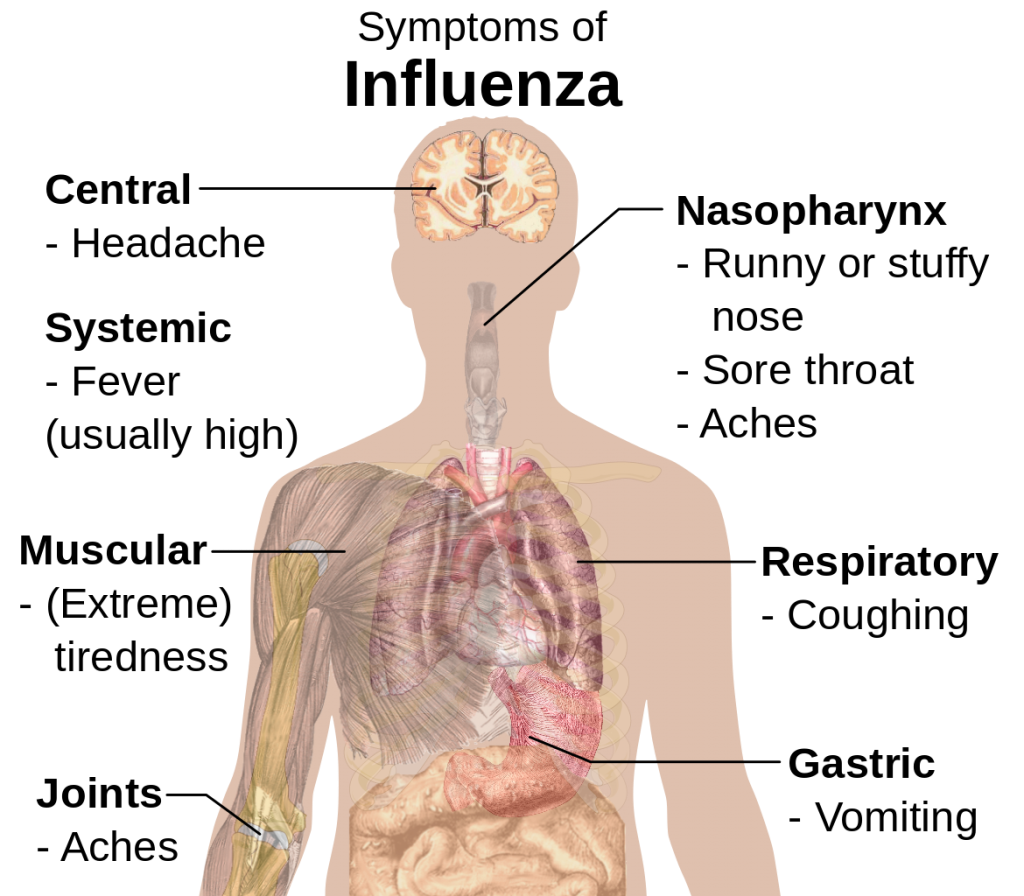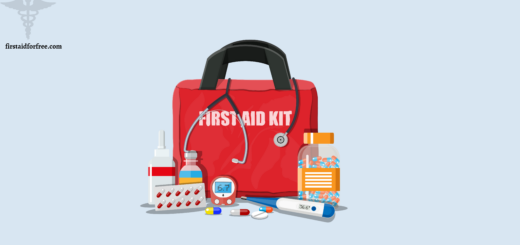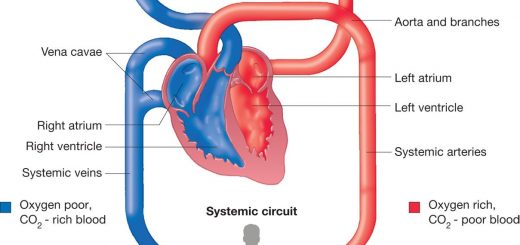First aid for Influenza (the flu)
Commonly known as “the flu,” influenza is caused by viruses that infect the respiratory tract. A typical influenza infection causes fever, respiratory symptoms, such as cough, runny or stuffy nose, and sore throat, headache, muscle aches, and often, extreme fatigue. Even though at times, nausea, vomiting, and diarrhea accompany influenza, gastrointestinal symptoms are rarely prominent, making the term “stomach flu” merely a misleading nickname.
Recovery usually takes 1 to 2 weeks, for most people who get the flu, but some more serious infections can take longer. In some cases, people even develop potentially life-threatening medical complications, such as pneumonia. There are an average of 20,000 deaths nationwide, and many more hospitalizations associated with influenza.
What is Influenza?
There are three basic types of influenza viruses, A, B, and C. While types A and B cause epidemics of respiratory illness that occur nearly every winter, type C usually causes either no symptoms at all or a very mild respiratory illness. Any efforts made to control influenza are aimed mainly at types A and B.
Influenza viruses change continuously over time through mutation. This process allows it to avoid its host’s immune system, making people susceptible to the influenza virus throughout their entire lives. While type B viruses change only through mutation, type A viruses undergo both mutation, and a change in protein structure. Each time this evolution occurs, an entirely new virus is created.
When the type A virus changes its protein structure, which happens only occasionally, there is no antibody protection in the human population against the virus. This may result in what is known as a pandemic, or worldwide epidemic. Three pandemics have occurred during this century. The “Spanish flu” occurred in 1918, causing the highest known influenza-related mortality: approximately 500,000 deaths occurred in the United States, 20 million worldwide. The “Asian flu”, in 1957, caused 70,000 deaths in the U.S., and the “Hong-Kong flu” of 1968 caused 34,000 deaths across the nation.
Although pandemics are not a regular occurrence, flu season is there to greet us every fall. There are some precautions that you can take to safeguard your body from infection.
Signs and Symptoms of Influenza
What can you do to protect yourself?
- Immunization- a good idea for everyone, but advisable for those most at risk for serious flu complications.
- Get plenty of sleep
- Eat a healthy diet
- Exercise regularly
- Avoid people you know are sick
- Wash your hands frequently and keep them away from your face and eyes.
If you do get sick
- Stay home
- Throw used tissues in the trash immediately
- Drink plenty of chicken soup- it replaces the sodium that your body has lost.
- Take acetaminophen to reduce the fever
You should seek medical advice if concerned.






